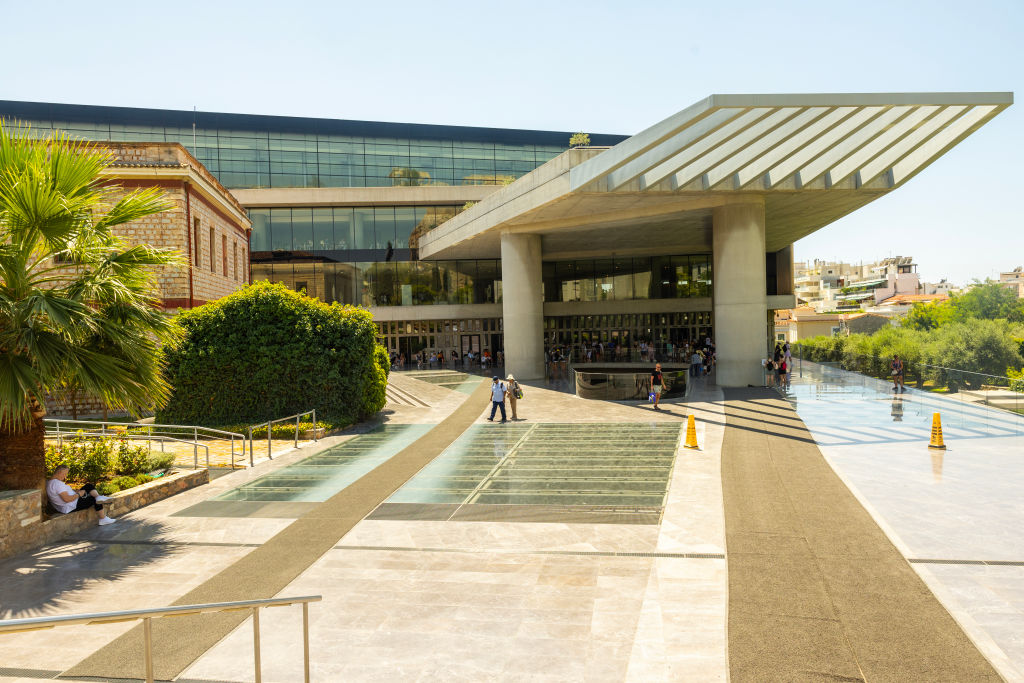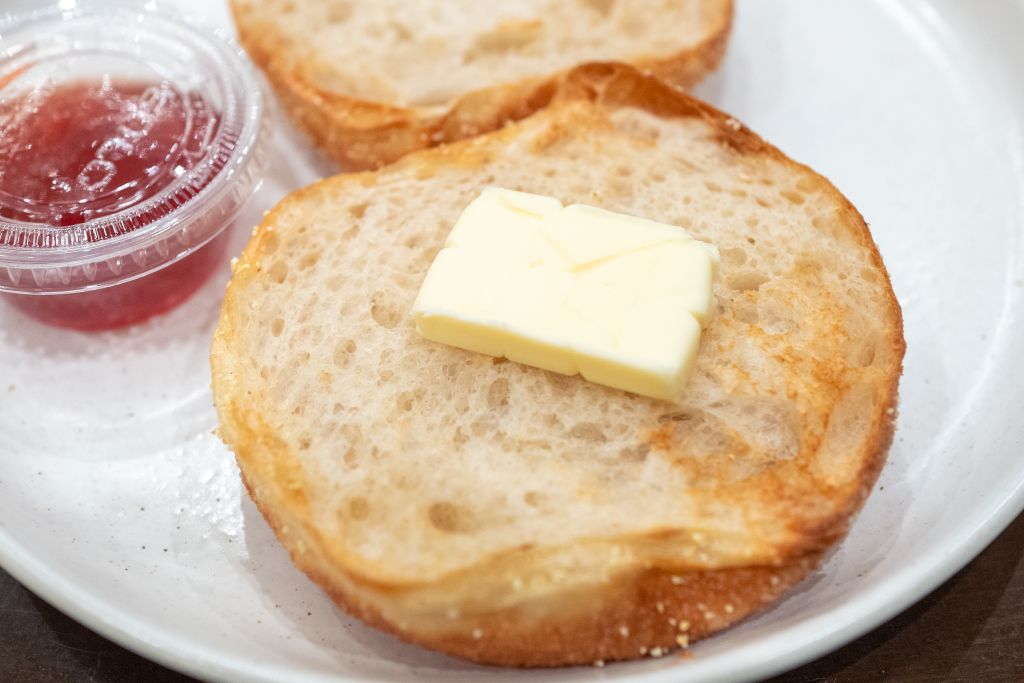In the global poker game of cultural repatriation – otherwise known as who nicked what from whom – the Greeks seriously upped the ante with the opening of the Acropolis Museum in 2009. This lavish display of archaeological treasures in a light-filled building designed by the Swiss architect Bernard Tschumi is, alongside the recently opened Grand Egyptian Museum in Cairo, an exemplar of such a building’s mission to educate and inspire.
In the tradition of polemic buildings, it is also a $200 million plea to return the Elgin Marbles from the British Museum to Greece. Since the request was first forcefully made by the actress and politician Melina Mercouri in the early 1980s, replies to it have been shrouded in a fog of academic sophistry: was Lord Elgin’s purchase of the marbles legal? Did the Turks have the right to sell them? Is the British Museum allowed to get rid of them? Just how descended from the Ancient Athenians are today’s Greeks? Blah, blah, blah…
My simple view is that the Marbles are poorly displayed in the British Museum and that they would bring greater joy to the world displayed in the context of Athens and the Acropolis Museum. Thankfully, the British Museum seems to be moving toward the idea of a loan agreement. Yippee! Or perhaps we should say: yassou! Please ship them to Athens asap with a Paddington Bear-style tag attached saying, “Return to sender… eventually.”
I am a long-term fan of the Greek kitchen, a taste I developed in the 1970s when I ate at least once a day in a splendid taverna in Cambridge, Massachusetts. I was surprised when I moved to England and found that Greek cuisine (which in London was mostly Cypriot) had a reputation for post-boozing, pre-hangover filler. If one went to a slightly smarter joint in Soho, the food was largely inconsequential as the real action centered around ouzo-drinking and exuberant plate-smashing – for which you were charged per plate. I imagine that the food at cheap Greek tourist destinations didn’t add much luster either.
So almost as bouleversant and certainly as welcome as the possible emigration of the Parthenon Marbles from Bloomsbury is the renaissance of Greek winemaking and the new appreciation of the virtues of Greek cuisine, both of which are well represented in the excellent Acropolis Museum Café and Restaurant, a refreshing pit stop after a morning’s worth of lekythoi, acroteria and caryatids. (By the way, five of the six caryatids from the Erechtheion are in the Acropolis Museum while the sixth is in – you guessed it – the British Museum.)
The restaurant has floor-to-ceiling picture windows and a fabulous view of the Parthenon-topped Acropolis. If you want a dramatic nighttime scene, they are open on Friday and Saturday evenings. With a view like that, the rest of the decor is irrelevant, but it is still comfortable: chrome-framed black chairs, a black tiled floor and glass-topped tables.
The menu includes many of the greatest hits along with enough neologisms to excite. Unlike a lot of museum restaurants, it is not just aimed at a captive audience. I began with an excellent cheese pie as baked on the island of Skopelos: a coil of flaky pastry looking as smart as anything in a Paris bakery window, stuffed with goat’s cheese and drizzled with honey and a shower of black and white sesame seeds. Superb. As was Lady G’s heroic, perfectly cooked plate of grilled vegetables with halloumi.
Helpings are more than generous; each one of our appetizers could have served two. Next up was a nicely seared bass fillet (farmed if you have to ask, but at least farmed in Greece), served with a silky parsnip puree and dressed with a well-seasoned sauce based on kakavia, the Greek fishermen’s stew, an ancestor of bouillabaisse.
My main course veered slightly toward fusion. Succulent marinated barbecued chicken thighs topped with yogurt sauce reclined on a bed of “corn pitas” which in another, newer world, might have been called tortillas. Is there some Greek/Mexican culinary rapprochement on the cards? A few days later on Patmos, I was served what could only be described as prawn tostadas. Go figure.
At any rate, all our food was zestfully prepared, beautifully presented and stayed on the right side of the threshold between sophistication and over-sophistication. Desserts, which looked so good, were out of the question. Let’s call it €50 a head.
The wine list is well-chosen and sensibly priced. We drank a delicious Malagouzia, which is quickly becoming one of my favorite white wines and is made from an ancient Greek grape rescued in the last half-century. Greek wine lists have become ever more intriguing, although I still derive an atavistic pleasure from half-liter bottles of industrial strength retsina: mea maxima culpa. Whoops, that’s Latin.
This article was originally published in The Spectator’s October 13, 2025 World edition.


























Leave a Reply